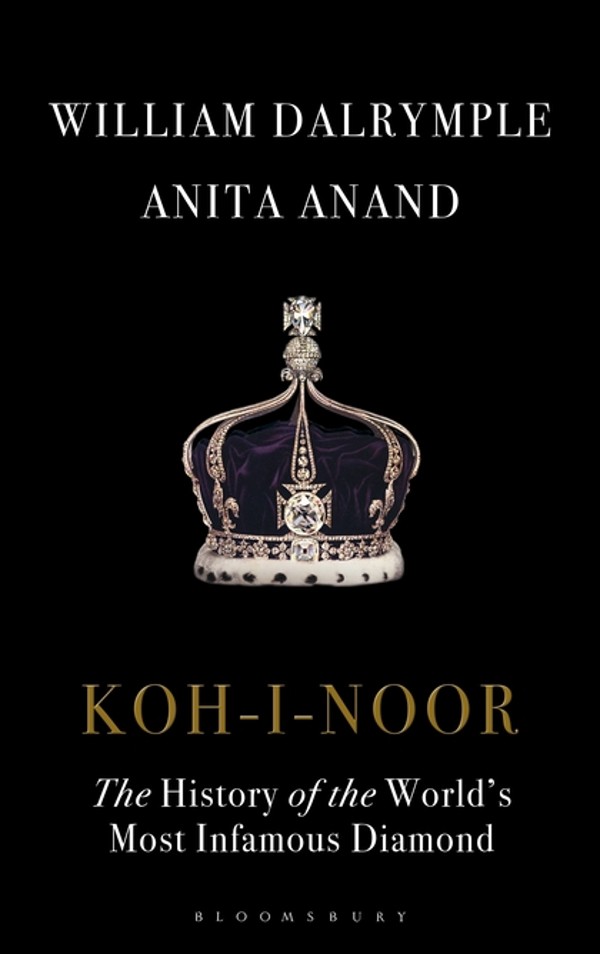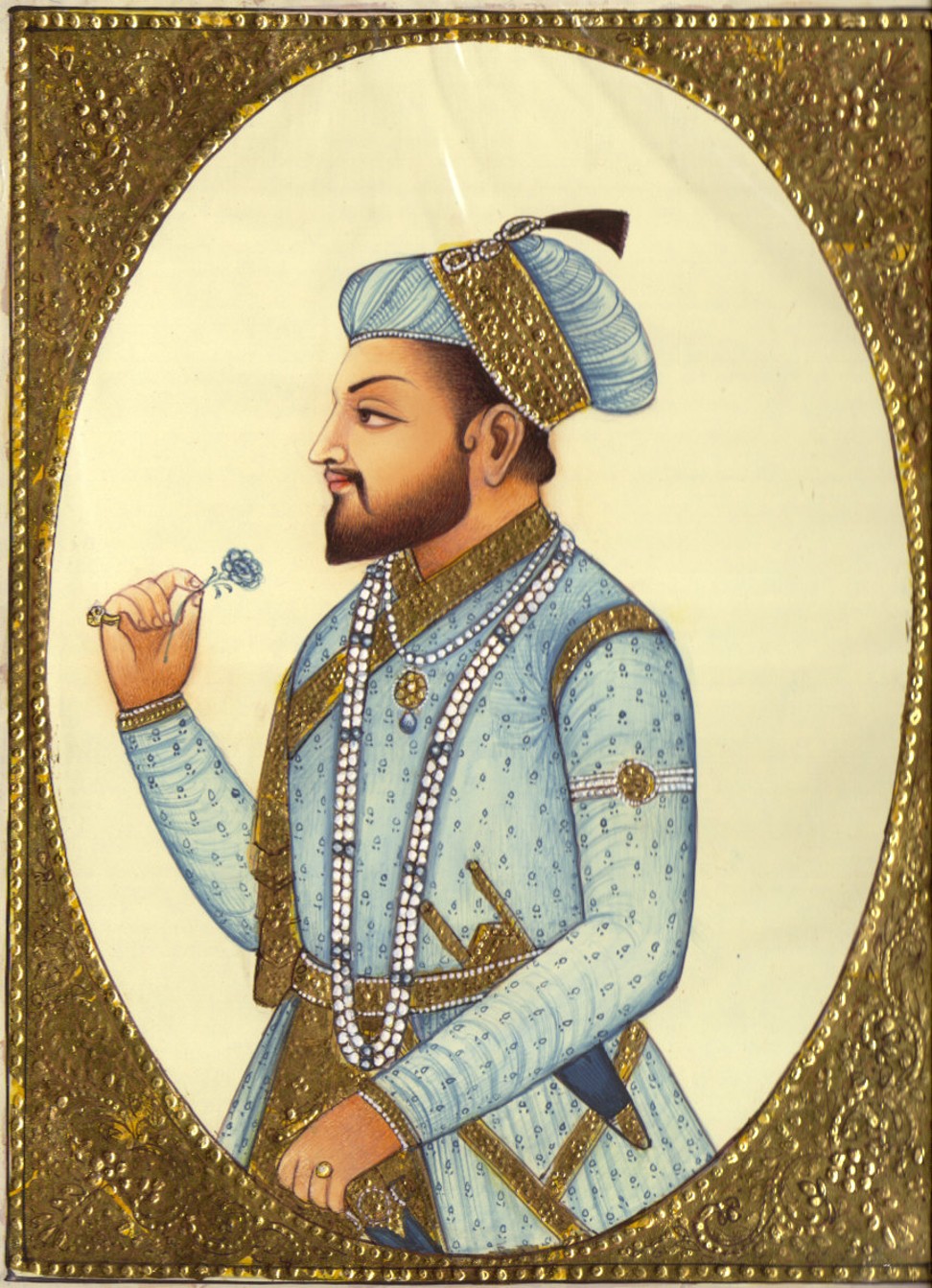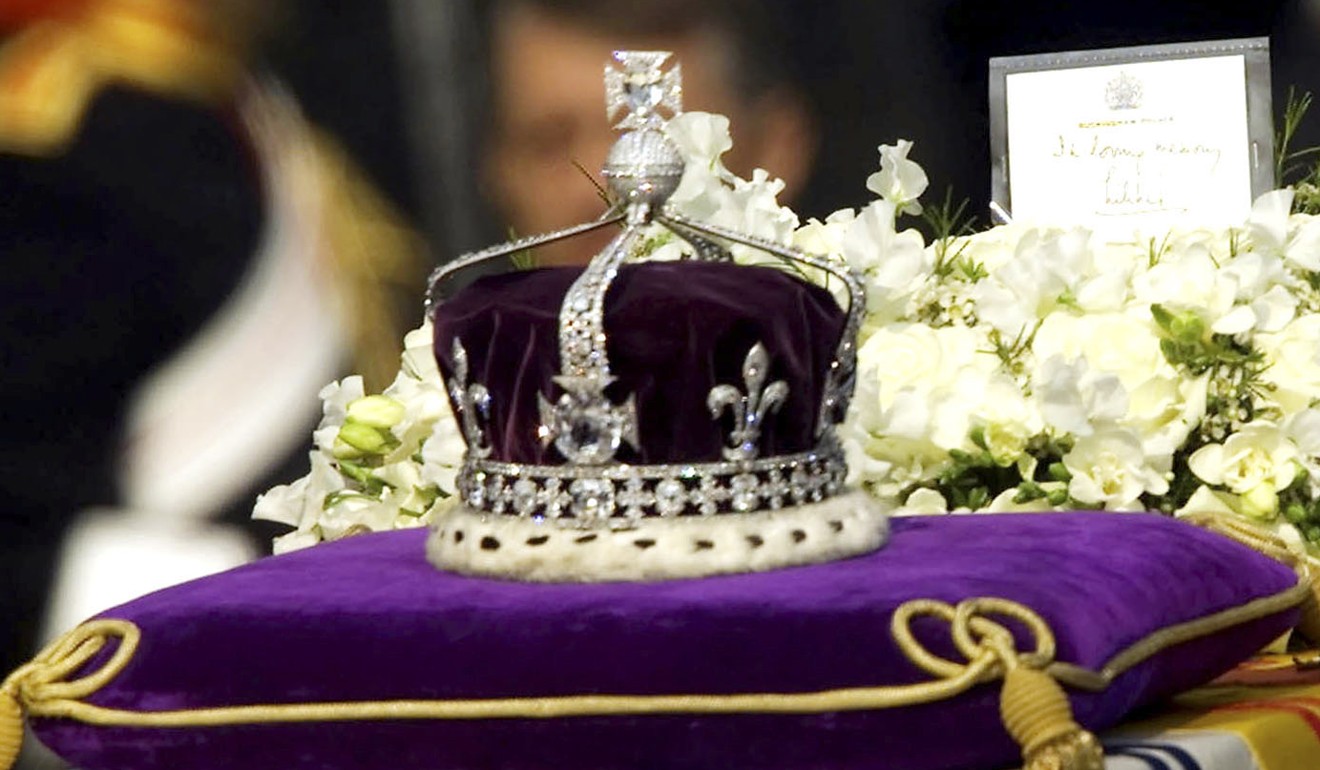
Review | What the world’s most famous diamond reveals about empire and conquest in India and beyond
The Koh-i-Noor is currently part of Britain’s crown jewels, given to Queen Victoria after the British conquest of the Punjab. Its complicated story takes us from India to Iran to Afghanistan
Koh-i-Noor
by William Dalrymple and Anita Anand
Juggernaut Publication
4/5 stars
Investigative journalists know that the way into a great story is to “follow the money”. In this vivid history of one of the world’s most celebrated gemstones, the Indian diamond known as the Koh-i-Noor, Anita Anand and William Dalrymple put an inventive twist on the old maxim. Following the stone can lead into a dynamic, original and supremely readable history of empires.

Well before diamonds became a Western synonym for wealth, Hindu scriptures endowed gems with magical, even divine, qualities, while central Asians – including 16th-century India’s Mughal rulers – prized rubies as tangible distillations of the light of the setting sun.
On festive occasions the Mughal emperor would weigh himself against offerings of gems, pearls and gold presented by his courtiers – and then distribute the treasure among the people. The imperial treasury of the 1600s, as described by a handful of gasping visitors, cascaded with gems of exceptional size, clarity and colour.
Miss Burma tells the troubled history of a little-known country from a new perspective
Which of these loose stones was the Koh-i-Noor nobody can say, but by the middle of the 1600s it had pride of place in the magnificent Peacock Throne, commissioned by the emperor Shah Jahan. There would be no greater statement of Mughal splendour than this jewel-encrusted confection, “without parallel in any of the treasure of past or present kings” – and no greater prize for any of the Mughals’ enemies.
In 1739, the Persian ruler Nader Shah swept into Delhi and conquered the capital in a frenzy of carnage. The throne – with the Koh-i-Noor embedded in it – left India in “a haemorrhage of booty”, carried into Persia on the backs of thousands of elephants, camels and horses.

Back in Khorasan, Nader Shah stripped the throne of two of its greatest jewels – the Koh-i-Noor and an exquisite ruby – and wore them on his arms. Henceforth the diamond would be bound up with the winning and losing of power.
Nader Shah himself went from victor to victim when he was assassinated in a conspiracy in 1747. A loyal Afghan bodyguard named Ahmad Shah rescued the diamond and carried it to Kandahar, where he in turn wore the jewel in an armband and established an empire stretching from Afghanistan deep into north India. His descendants, though, couldn’t secure his domains, and rivals chipped it away piece by piece. In the early 1800s the Afghans lost their eastern provinces in India to the Sikh warlord Ranjit Singh, who carried off the Koh-i-Noor as well.
Review – Bloody Saturday: Shanghai’s Darkest Day relives devastating aerial bombings of August 1937
But admiration is the first cousin of envy, and within a decade of Ranjit Singh’s death, the East India Company had fought the Sikhs into submission and annexed Punjab. The third article of the 1849 peace treaty stated “The gem called the Koh-i-Noor … shall be surrendered by the Maharajah of Lahore to the Queen of England”.
When the British claimed the Koh-i-Noor, a diamond had less utility for most Europeans than a lump of coal and less intrinsic beauty than a seashell or a peacock feather. The value of the stone rested, like the value of a Picasso on the international art market, in a consensus about its merit, rarity and provenance – and that, in turn, rested on canny storytelling.
Neel Mukherjee’s vital new novel winds five stories into one moving whole
Governor-General Lord Dalhousie pounced on the narrative value of the East India Company’s latest conquest. “It is not every day that an officer of their Government adds four millions of subjects to the British Empire, and places the historical jewel of the Mogul Emperors in the Crown of his own Sovereign,” Dalhousie declared. “This I have done.”
He asked a deputy administrator to write up a history to send back to England with the diamond. It retailed the most colourful legends about the stone that, as Anand and Dalrymple note, have stood largely unchallenged until today. Then Dalhousie wrapped up the jewel in a kid leather pouch, tucked it under his shirt and escorted it to Bombay for shipment to Queen Victoria.

If Koh-i-Noor sounds like a magical history tour, that’s less because of the stone’s putative properties than because – as the authors so pervasively recognise – the history of imperial power is always at base a history of violence. This is no book for the squeamish. There are noses rotted by disease, eyes punctured with hot needles, live immolations, slow poisoning and a torture victim crowned with molten lead.
Yet the most heartbreaking tale in the book concerns the diamond’s last Indian owner, Duleep Singh. Named Maharaja of Lahore at the age of five and deposed at the age of 10, he was raised by Scottish guardians, converted to Christianity and, in his teens, moved to Britain where he became a special favourite of Queen Victoria. But in his 20s Duleep’s traumatic dispossessions began to tell.
He reconnected with his exiled mother, married a woman of whom Victoria disapproved, and lapsed into dissolution. In the 1880s, bankrupt and renounced by the Queen, he sailed for India to pursue a misbegotten plot to reclaim Punjab with Russian support. He was arrested en route and died in poverty a few years later.
As to the diamond itself, what was meant to be its crowning moment, so to speak, nearly fizzled out. Displayed on a dark velvet cloth at the Great Exhibition in 1851, the Koh-i-Noor looked disappointingly lustreless. Gas jets and mirrors had to be placed around it to make it sparkle better, and in 1852 Prince Albert decided to have the stone recut to showcase its brilliance. The recutting nearly halved the size of the diamond, down to 93 metric carats. Placed in the gleaming centre of the Queen’s crown, the Koh-i-Noor adorned a new dynasty of emperors.
Today the British Empire has fallen, too. Britain’s Queen Elizabeth has never worn the Koh-i-Noor, and since independence in 1947, India and Pakistan have asked repeatedly for the diamond to be returned. “What is the proper response to imperial looting?” Anand and Dalrymple ask on the book’s final page. The question certainly deserves a better answer than David Cameron offered, when asked to give back the Koh-i-Noor in 2010: “If you say yes to one you suddenly find the British Museum would be empty.”

